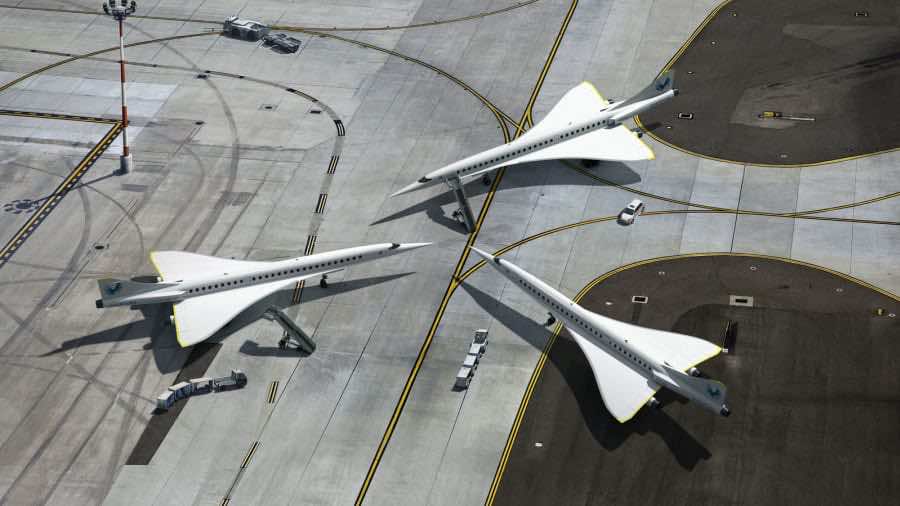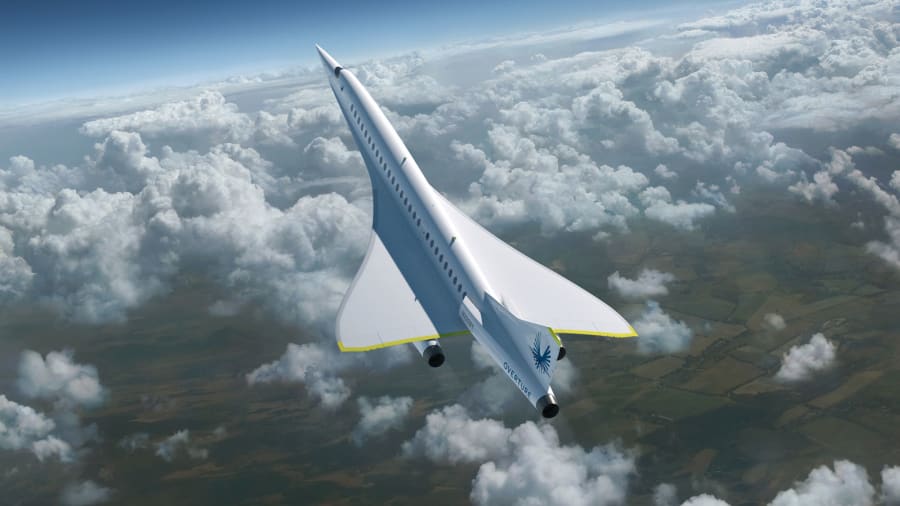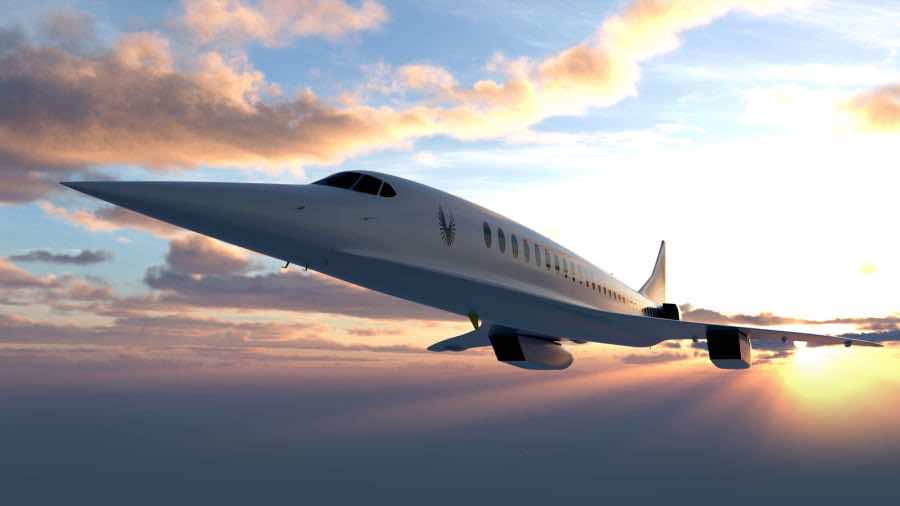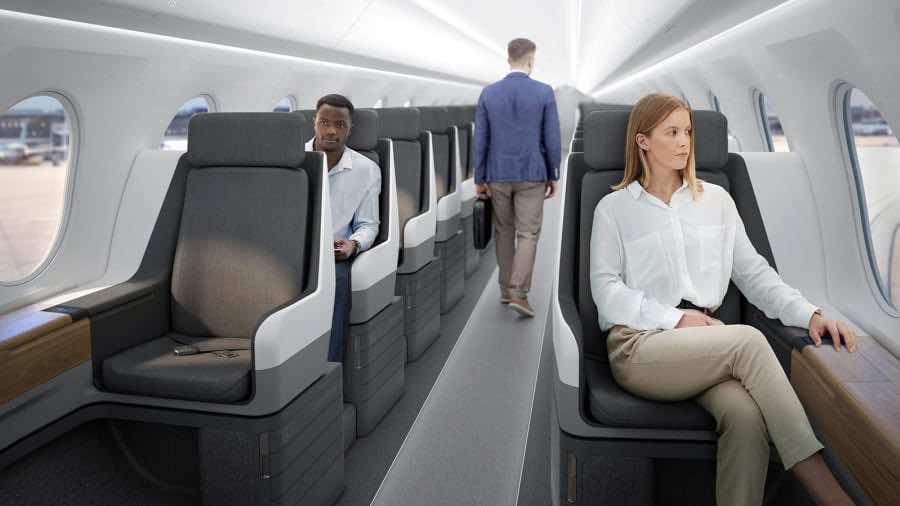The supersonic plane they have unveiled happens to be 3 times faster than widely used commercial planes.
It would be a cheap and quick flight to anywhere in the world, with aims to cover any distance in a span of 4 hours or less just for a fraction of a price which stands at $100.
Boom Supersonic comes reviving the supersonic dream that died with Concorde’s retirement almost twenty years ago which at the time seemed like an outrageous fantasy.
The founder of the company developing the supersonic jet, Blake Scholl, wants to get the aircraft in the air by 2026. It was the first company out of a new batch vying to bring back supersonic jets to roll out an actual demonstrator aircraft in the form of the XB1.
“Either we fail or we change the world,” said Scholl to CNN over a video call from Denver, Colorado.

The commercially flying aircraft as we know today hasn’t transformed much from the tech that was introduced in the Jet Age of the 50s and 60s and the developers of the Boom Supersonic aims at changing that.
“That barrier of time is what keeps us apart. We believe it’s deeply important to break the time barrier, more so than the sound barrier.” Overture will focus on more than 500 primarily transoceanic routes along with the aircraft’s Mach 2.2 speeds will account for twice as much speed as today’s subsonic commercial jets.

Breaking the time barrier could be life-changing, says Scholl. “It changes where we can vacation, changes where we can do business, changes you can fall in love with or you can be close to.”
The Boom Supersonic’s development and taking it to air brings along environment sustainability as it would play its role in cutting down the carbon emission and would have a larger impact in sustaining the environment if the commercial flights get revolutionized with the tech. “We see ourselves as picking up where Concorde left off and fixing the most important things which are economic and environmental sustainability,” says Scholl.

Scholl sees the Boom Supersonic flights would be a success if they are easily accessible, hence aims at keeping the pricing similar to the business class ticket prices. Unlike the Concorde that was charging $20,000 in today’s world.

“That’s not traveling, that’s like a thing you might hope to do once in a lifetime,” says Scholl, before adding, “Versus where we want to get, which is anywhere in the world in four hours for 100 bucks.”


